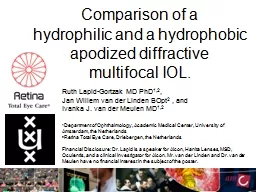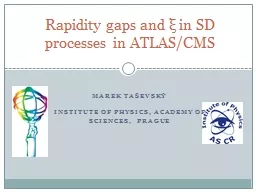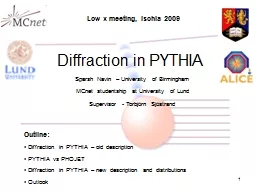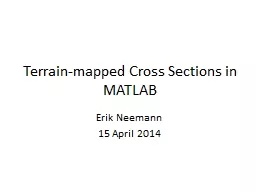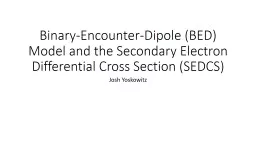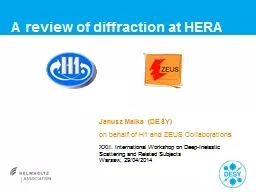PPT-Single Diffractive Cross Section
Author : nullitiva | Published Date : 2020-06-29
Calorimeter Gaps Approach Soft QCD Meeting 14 th Oct 2 0 10 Tim Martin Paul Newman University of Birmingham 1 Soft Diffraction 2 Diffractive Events Colour singlet
Presentation Embed Code
Download Presentation
Download Presentation The PPT/PDF document "Single Diffractive Cross Section" is the property of its rightful owner. Permission is granted to download and print the materials on this website for personal, non-commercial use only, and to display it on your personal computer provided you do not modify the materials and that you retain all copyright notices contained in the materials. By downloading content from our website, you accept the terms of this agreement.
Single Diffractive Cross Section: Transcript
Download Rules Of Document
"Single Diffractive Cross Section"The content belongs to its owner. You may download and print it for personal use, without modification, and keep all copyright notices. By downloading, you agree to these terms.
Related Documents




